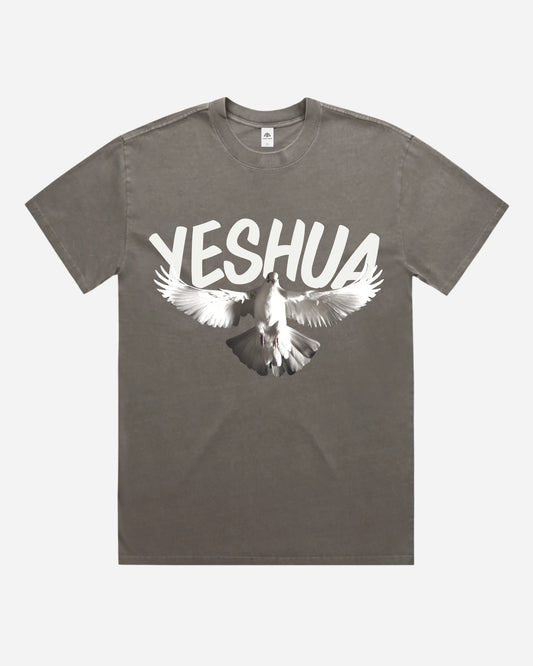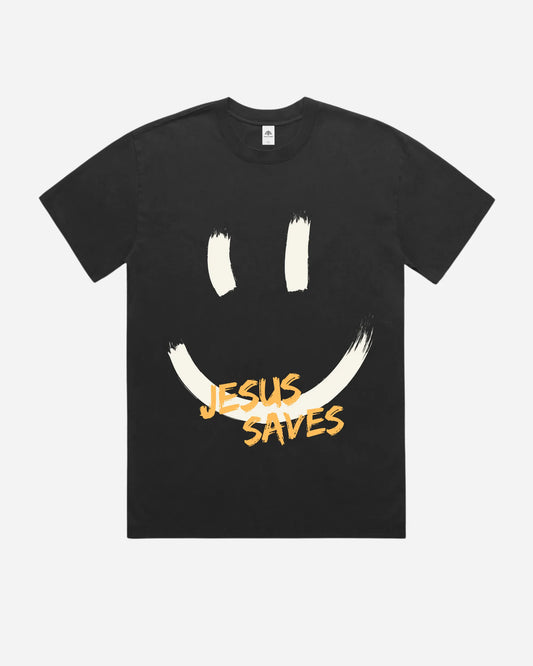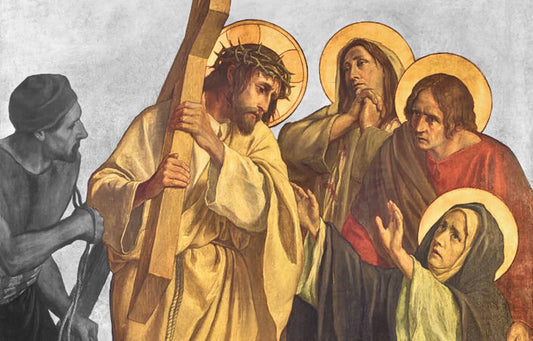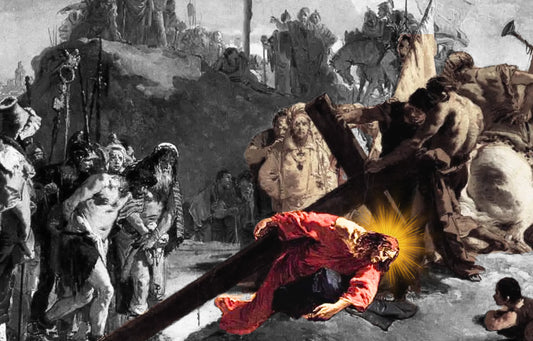Yellow in biblical symbolism is closely tied to light, divine revelation, and the glory of God. Though the word “yellow” is rarely used in most English Bible translations, the concept is conveyed through imagery of golden light, fire, and sunshine—natural elements associated with the divine.
What Does Yellow Symbolize in the Bible?
Light, Glory, and Revelation
In Ezekiel 1:4, the prophet sees “a great cloud with fire flashing forth continually and a bright light around it.” The brilliance he describes—fiery and luminous—evokes radiant yellow hues. Such imagery is not incidental. It frames divine encounters as dazzling, warm, and awe-inspiring.
The yellow of sunlight also represents clarity and truth. Just as the sun illumines the world, God's revelation exposes and transforms. Yellow hues in Egyptian art (e.g., the sun god Ra’s golden-yellow disk) influenced Hebrew perceptions of divine radiance (Wilkinson, Symbol & Magic in Egyptian Art, 1994).
Ancient Near Eastern Color Symbolism
Cultural Parallels and Natural Dyes
Ancient Israel shared color associations with neighboring cultures. In Egyptian art, yellow was used for eternal beings like the gods or the sun god Ra. Similarly, Mesopotamian texts linked golden-yellow tones to divinity and solar majesty (Keel & Uehlinger, Gods, Goddesses, and Images of God in Ancient Israel, 1998).
Yellow also symbolized disease and impurity. In ancient Near Eastern medicine, yellow discoloration was often interpreted as a sign of sickness, especially in diagnoses involving jaundice and leprosy (Scurlock & Andersen, Diagnoses in Assyrian and Babylonian Medicine, 2005).
Biblically, this symbolism echoes in texts that associate God with blinding light or golden fire (Daniel 7:9–10). The Hebrew word zahav (often translated “gold”) may include visual ranges we’d call yellow today.
Yellow dyes were extracted from saffron, pomegranate rind, and weld. These were expensive and used selectively—often in priestly garments and sacred settings (Cardon, Natural Dyes, 2007).
Yellow in Biblical Descriptions and Worship
Tabernacle and Temple Imagery
While yellow itself isn’t named, its visual presence is implied in gold-covered furnishings. In Exodus 25–28, God commands the use of gold thread, light-colored linens, and golden lampstands. These radiant elements would shimmer in the firelight, casting warm yellow hues throughout the Tabernacle.
Josephus, writing in the 1st century CE, described the high priest’s breastplate as reflecting golden rays like the sun (Antiquities, 3.7.5). Saffron-yellow dyes, though less prominent than blue or purple, signified sacred status among temple vestments (Cardon, 2007).
Roman flamines (priests) wore yellowish robes, possibly influencing early Christian liturgical symbolism (Beard et al., Religions of Rome, 1998).
Divine Fire and Refinement
In prophetic visions, divine fire often contains yellowish tones. In Ezekiel 8:2, the appearance of God is “like glowing metal… from the waist up he looked like glowing metal, as if full of fire.” Similarly, Daniel 10:6 describes a heavenly being with “a face like lightning.”
This brightness is not merely visual—it communicates holiness and revelation. God does not dwell in darkness but in “unapproachable light” (1 Timothy 6:16), likely experienced as a warm, golden glow.
Yellow also became the alchemical color of sulfur, linked with purification and transformation (Jung, Psychology and Alchemy, 1944).
Theological Associations with Yellow
Purity Through Fire
Yellow is often a byproduct of refining fire—a major biblical metaphor. Zechariah 13:9 and Malachi 3:3 speak of God refining His people like gold. The crucible burns away impurities, leaving radiant beauty behind.
Metallurgical texts from the Ancient Near East describe gold as a metal that “holds the sun” due to its color and luster (Eliade, The Forge and the Crucible, 1962). The yellow tones of refined metal became synonymous with transformation through trial.
Peter echoes this in 1 Peter 1:7, likening tested faith to gold that perishes but is proven through fire.
In Jewish mysticism, yellow (yarok) corresponds to the sefirah of Hod—splendor—representing humility and the reflective glory of God (Matt, The Zohar: Pritzker Edition, 2006).
Joy and Celebration
Yellow is also linked to joy in art and liturgy. In Christian iconography, yellow and gold halos indicate sanctity. Early Byzantine mosaics used yellow glass tesserae to depict halos and holy garments (Grabar, Christian Iconography, 1968).
In liturgical vestments, yellow is rare but gold—a close visual equivalent—is worn on feast days and celebrations. The Ceremonial of Bishops (No. 346) prescribes white or gold for Christmas, Easter, and solemnities.
During the Protestant Reformation, many reformers rejected yellow and gold vestments as symbols of Catholic opulence (Duffy, The Stripping of the Altars, 1992), while others, like Lutherans, retained gold for its joyful tone.
Yellow in Scripture: Specific References
Leviticus 13 – Yellow Hair and Disease
The most direct mention of yellow comes in Leviticus 13:30, where yellow hair is a diagnostic marker of skin disease. Hebrew terms like tsara’at included yellowish discolorations in both skin and fabrics (Milgrom, Leviticus 1–16, 1991). This reinforced its ritual associations with impurity.
Rabbinic texts, including the Mishnah (Negaim 10:1), analyze color-based diagnoses, showing how color played a serious role in religious life.
Yellow in this context was not symbolic of sin but a visual cue for ritual separation and healing.
Song of Songs 5:11 – Radiant Imagery
Describing the beloved, Song of Songs 5:11 says, “His head is purest gold.” This poetic line uses yellow-gold to convey admiration, vitality, and perhaps divine kingship.
In this love poem, yellow becomes a symbol of attraction and glory—attributes applied in later Christian readings to Christ’s divine-human beauty (Origen, Commentary on the Song of Songs).
Honey and Wheat: Abundance
Exodus 3:8 describes the Promised Land as “flowing with milk and honey.” Yellow honey symbolized divine provision and sweetness, with parallels in Canaanite rituals where honey was a divine offering (Dalley, Myths from Mesopotamia, 1989).
In Psalm 65:13, golden-yellow wheat fields represent divine abundance. In agrarian societies, the sight of ripened wheat signified joy and covenant blessing (Borowski, Agriculture in Iron Age Israel, 2002).
Yellow in Early Christian and Medieval Symbolism
Light of Christ
In early Christian theology, Christ is “the light of the world” (John 8:12). Depictions of Christ in mosaics and icons often used gold and yellow to communicate this. Byzantine artists mastered the use of yellow glass and tesserae to create halos, radiant robes, and glowing backgrounds.
The Transfiguration (Mark 9:2–3), though not color-described in Greek, was later portrayed using brilliant yellow to symbolize uncreated light. This became standard in Orthodox iconography by the 6th century (Mathews, The Art of Byzantium, 1998).
The Virtue of Faith and Symbol of Betrayal
Medieval Christian writers such as Hugh of Saint Victor and Thomas Aquinas associated yellow and gold with the virtue of faith—seen as the first response to divine illumination (Pelikan, The Christian Tradition, Vol. 3).
However, yellow also became morally ambivalent. Judas Iscariot was often portrayed wearing yellow garments in Renaissance art, symbolizing betrayal (Hall, Dictionary of Subjects & Symbols in Art, 1974).
Pastoureau (2019) observes this dual symbolism in his survey of Western art and theology: yellow could represent either divine wisdom or treachery, depending on the context (Yellow: The History of a Color).
Quick Biblical References to the Color Yellow
Judgment, Impurity, & Disease
-
Leviticus 13:30 – “...and there is in the bald head or bald forehead a yellow thin hair, then the priest shall pronounce him unclean...”
→ One of the few direct mentions of yellow! Used in diagnosing leprosy — associated here with uncleanness and sickness. -
Leviticus 13:32 – “...if there is no yellow hair in it... he shall be clean.”
→ Reinforces yellow as a diagnostic marker of infection — not exactly sunshine and daisies here.
Glory, Radiance, & Divine Light (via Gold Imagery)
-
Psalm 68:13 – “Though you lie among the sheepfolds, you shall be like the wings of a dove covered with silver, and her feathers with yellow gold.”
→ A poetic image of divine glory and prosperity, yellow via gold symbolism. -
Job 28:19 – “The topaz of Ethiopia shall not equal it, neither shall it be valued with pure gold.”
→ While “yellow” isn't named, topaz and gold in Scripture typically carry a yellow or golden hue, symbolic of value and wisdom. -
Revelation 21:18 – “...and the city was pure gold, like clear glass.”
→ Again, yellow via gold: a visual of heaven’s radiance, glory, and purity.
Testing, Refinement, & Purification (Fire Imagery)
-
1 Peter 1:7 – “That the trial of your faith, being much more precious than of gold that perisheth, though it be tried with fire...”
→ Yellow by association — the fire that refines gold is often imagined in glowing yellow-orange hues, symbolizing purification. -
Zechariah 13:9 – “I will bring the third part through the fire, and will refine them as silver is refined...”
→ The refining fire here implies a transformative process — metaphorically glowing with yellow-gold intensity.
What Yellow Teaches Us Spiritually
Yellow symbolizes the presence of God as light—inviting but intense. It reminds believers that faith is refined, not assumed. It also points to joy, illumination, and a life turned toward heaven.
Unlike somber or severe colors, yellow is celebratory. It communicates warmth, welcome, and witness. It appears in halos, tapestries, sunrise scenes, and vestments as a visual declaration: “God is here.”
Islamic influence on Jewish philosophers like Maimonides also contributed to the symbolism of yellow as caution and wisdom, integrating Aristotelian logic with biblical faith (Leaman, Maimonides, 2005).
Color psychology research confirms yellow’s emotional resonance. It evokes warmth, sacredness, and vigilance—mirroring its use in both biblical joy and prophetic warning (Kaya & Epps, Color-Emotion Associations, 2004).
As Gregory of Nyssa wrote, “The sun’s brightness is but a shadow of divine glory.” Yellow, in all its brightness, reflects that glory made near.














